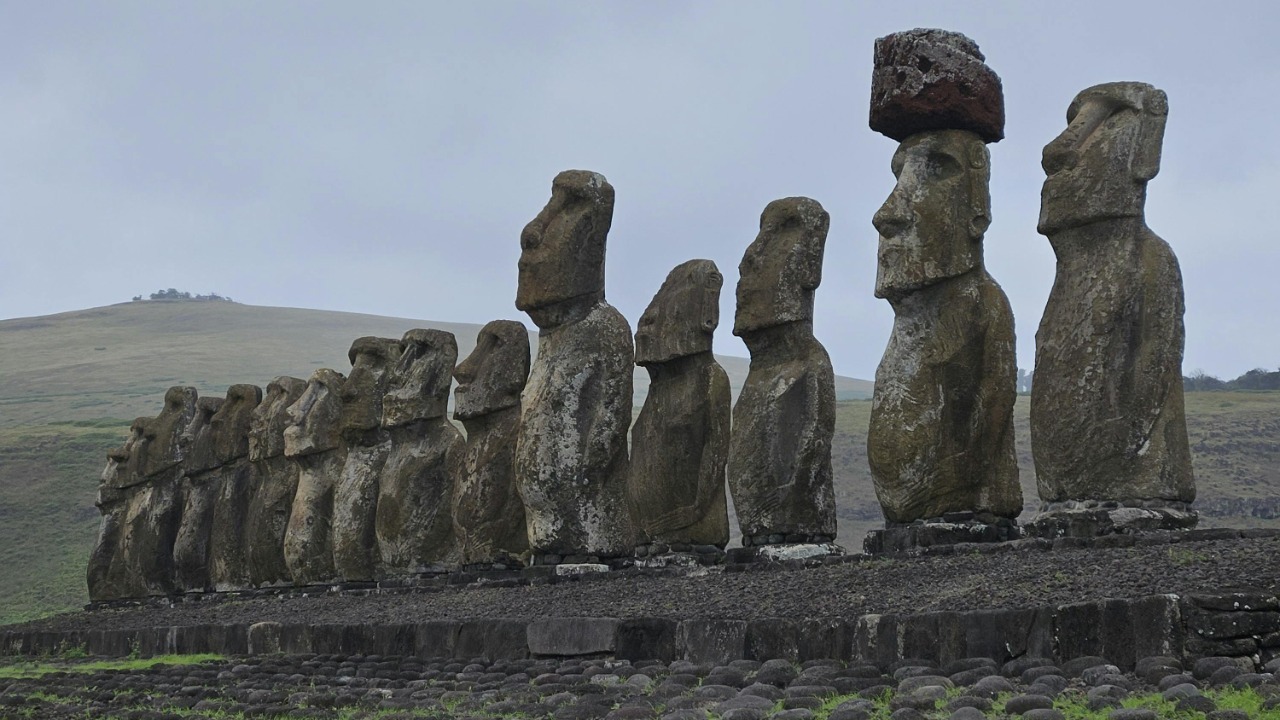
In the remote Pacific Ocean, the soil of Easter Island, home to the indigenous Rapa Nui people, yielded a billion-dollar drug discovery: rapamycin. Despite the drug’s commercial success, the Rapa Nui have not received any financial benefits from its development or profits. This situation underscores the ongoing debates about the obligations of scientists and pharmaceutical companies to Indigenous communities whose lands and knowledge contribute to such significant breakthroughs.
The Discovery in Easter Island Soil

In the 1960s, a research team discovered rapamycin in soil samples from Easter Island. The compound, produced by the bacterium Streptomyces hygroscopicus, was isolated thanks to the island’s unique isolation and the microbial diversity in its soil, making it a prime site for biodiversity prospecting by international scientists. Popular Mechanics and The Conversation report that the initial studies involved collaboration with local Rapa Nui communities, but their traditional knowledge of the land was not formally documented or credited in early publications.
The discovery of rapamycin in Easter Island soil was a significant scientific breakthrough, but it also raised questions about the rights and recognition of Indigenous communities in such processes. The soil of Easter Island, with its unique microbial diversity, was a treasure trove for the research team. However, the Rapa Nui people’s traditional knowledge and understanding of the land, which could have contributed to the discovery, were not formally acknowledged. This oversight has been a point of contention, highlighting the need for more inclusive and respectful research practices in Indigenous territories. The Conversation emphasizes the importance of recognizing and compensating Indigenous communities for their contributions to scientific discoveries.
Rapamycin’s Path to Commercialization
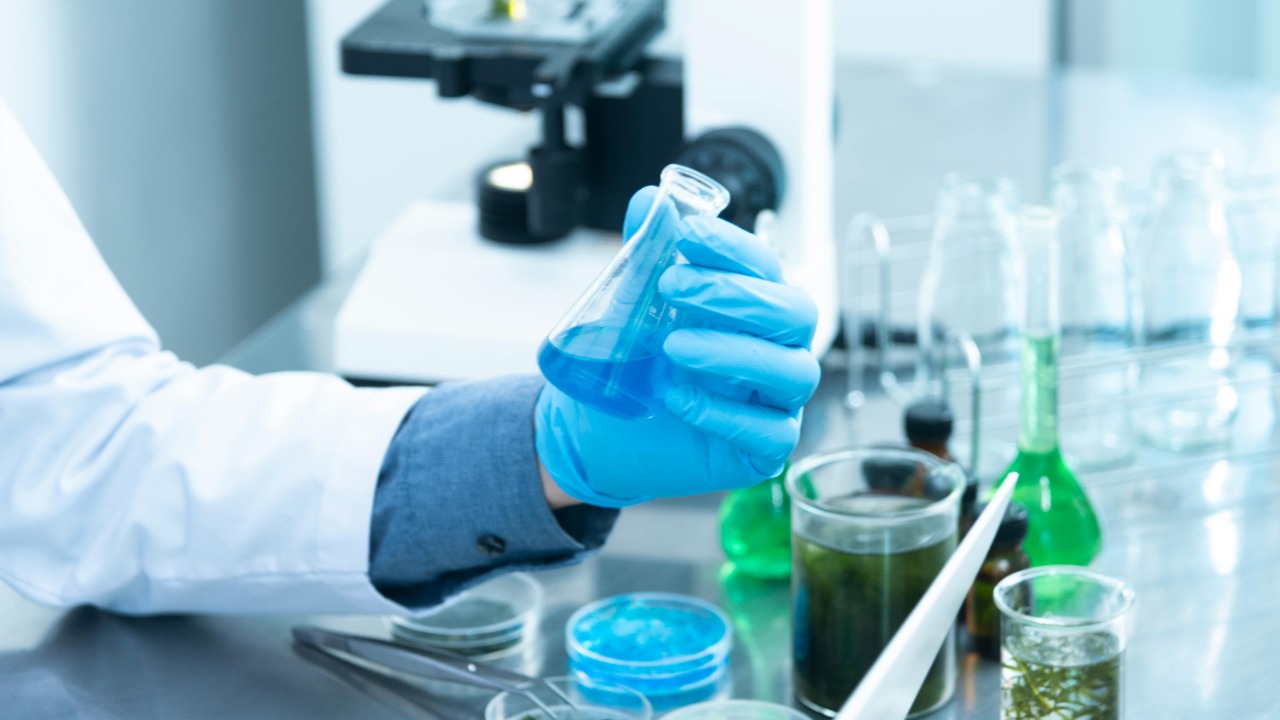
Following its discovery, rapamycin was developed into an immunosuppressant drug by pharmaceutical companies. The first approvals for medical use occurred in the 1990s. The drug has since generated billions in revenue globally, primarily through treatments for organ transplants and later applications in cancer therapy. Companies like Pfizer and Wyeth secured licensing agreements and patents on rapamycin derivatives, but these did not include direct benefit-sharing provisions for the source location’s Indigenous population.
Rapamycin’s journey from a soil sample to a billion-dollar drug is a testament to the potential of biodiversity prospecting. However, the commercialization process has been criticized for its lack of transparency and fairness towards the Indigenous communities involved. The licensing agreements and patents secured by pharmaceutical companies did not include any provisions for sharing benefits with the Rapa Nui people, despite the drug’s origin in their homeland. This has sparked debates about the ethical responsibilities of pharmaceutical companies in ensuring equitable benefit-sharing, as reported by Popular Mechanics.
The Rapa Nui People’s Connection to the Land
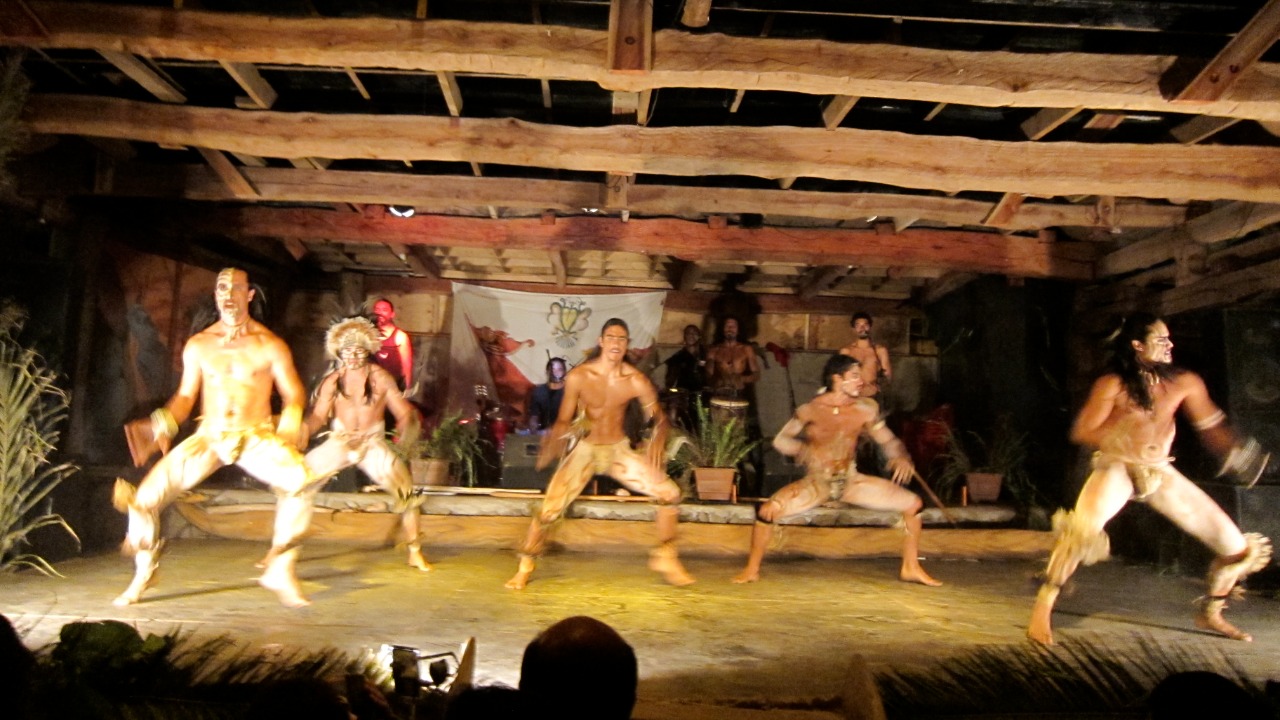
Easter Island, known as Rapa Nui to its Indigenous inhabitants, is home to a Polynesian community that has stewarded the island’s ecosystems for over 800 years. The Rapa Nui people’s traditional practices, including sustainable land management, indirectly supported the biodiversity from which rapamycin was derived. Despite their role as custodians of the soil, the Indigenous community has faced historical marginalization, including land disputes with Chile, the island’s governing authority.
The Rapa Nui people’s deep connection to their land is not just cultural, but also ecological. Their traditional practices have nurtured the island’s biodiversity, indirectly contributing to the discovery of rapamycin. However, their stewardship of the land has often been overlooked, and they have faced ongoing struggles over land rights with the Chilean government. The lack of formal recognition and compensation for their role in the discovery of rapamycin adds another layer to their historical marginalization. The Conversation highlights the need for greater respect and recognition of Indigenous rights and contributions in scientific research.
Economic Disparities and Lack of Compensation
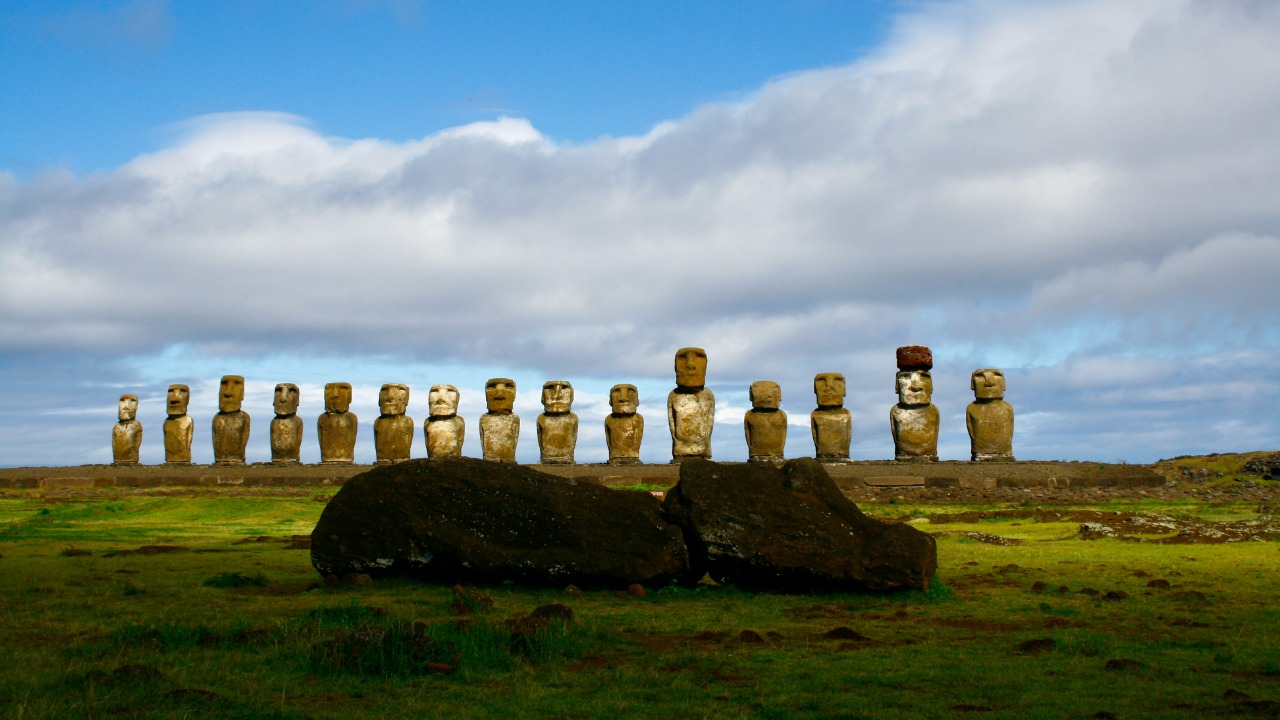
The billion-dollar drug rapamycin has brought no financial returns to the Rapa Nui natives, who continue to grapple with poverty and limited infrastructure on Easter Island. Pharmaceutical profits from rapamycin sales have exceeded $1 billion annually at peak, yet no royalties or community funds have been allocated to the Indigenous people studied during the research. Local leaders have expressed frustration over the “never saw a dime” outcome, calling for retroactive recognition of their contributions to global health advancements.
The economic disparities between the Rapa Nui people and the pharmaceutical companies profiting from rapamycin are stark. Despite the drug’s commercial success, the Indigenous community has not received any financial benefits. This lack of compensation has exacerbated the existing socio-economic challenges faced by the Rapa Nui, including poverty and inadequate infrastructure. The situation underscores the need for more equitable benefit-sharing mechanisms in bioprospecting, as noted by Popular Mechanics. The Rapa Nui’s experience with rapamycin serves as a cautionary tale for other Indigenous communities involved in similar research projects.
Ethical Questions for Scientists and Companies

Scientists involved in the Easter Island research owe a duty to obtain informed consent from Indigenous communities, as outlined in modern bioethics guidelines like the Nagoya Protocol. Companies profiting from bioprospecting in Indigenous territories should implement benefit-sharing mechanisms, such as technology transfers or health programs, to address historical inequities. The rapamycin case exemplifies how colonial-era extraction patterns persist, with researchers and firms extracting value from Indigenous lands without equitable reciprocity.
The case of rapamycin raises important ethical questions about the responsibilities of scientists and companies towards Indigenous communities. The principles of informed consent and benefit-sharing, as outlined in the Nagoya Protocol, are crucial in ensuring that Indigenous communities are not exploited in the pursuit of scientific and commercial gains. However, these principles were not adequately applied in the case of rapamycin, leading to a situation where the Rapa Nui people were left out of the benefits derived from their land. The Conversation emphasizes the need for scientists and companies to adhere to ethical guidelines in their interactions with Indigenous communities.
Pathways for Indigenous Benefit-Sharing
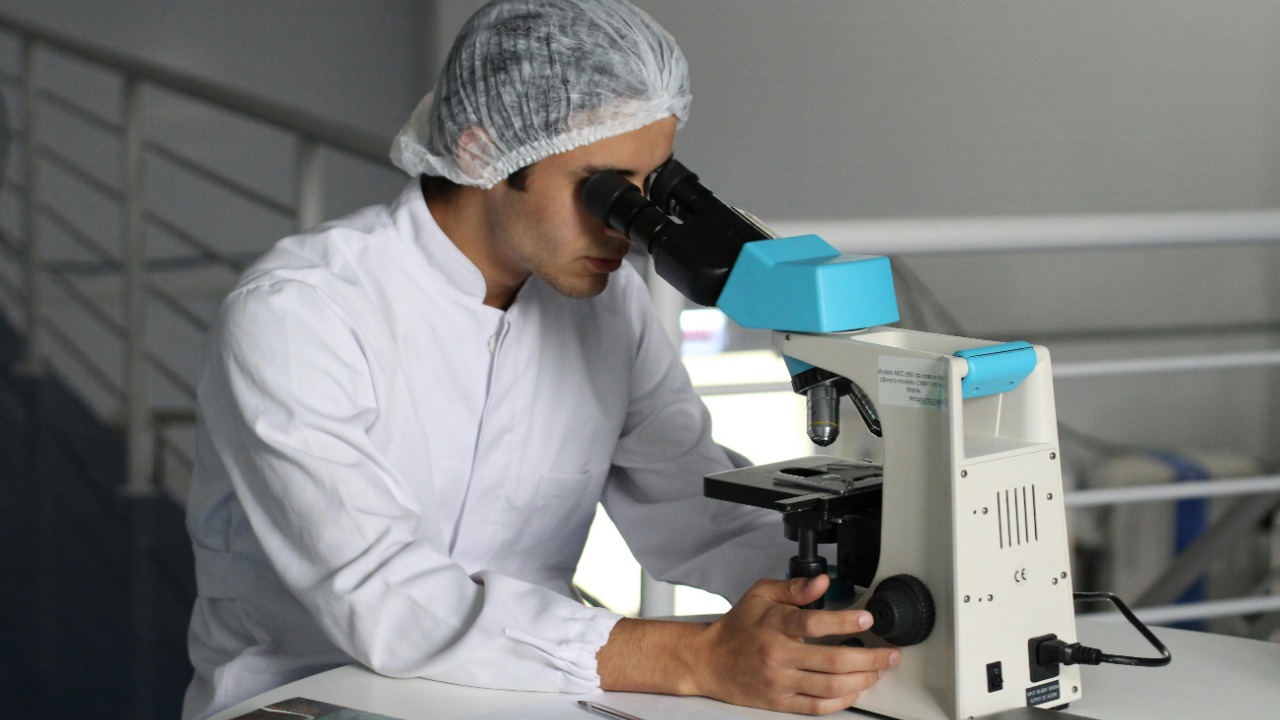
International frameworks like the Convention on Biological Diversity require that benefits from genetic resources, such as Easter Island’s soil microbes, be shared fairly with source communities. Potential remedies for the Rapa Nui include establishing a community trust fund from future rapamycin derivative sales or collaborative research partnerships. Advocacy groups are pushing for legislation that mandates prior consultation and profit-sharing in bioprospecting projects on Indigenous territories worldwide.
The Convention on Biological Diversity provides a framework for fair benefit-sharing with source communities. However, its implementation in the case of the Rapa Nui people and rapamycin has been lacking. Advocacy groups are pushing for more robust legislation and policies that ensure prior consultation and profit-sharing in bioprospecting projects. Potential solutions for the Rapa Nui people include the establishment of a community trust fund from future rapamycin sales or collaborative research partnerships. These measures, as reported by Popular Mechanics, could help rectify the injustices experienced by the Rapa Nui and set a precedent for future bioprospecting projects in Indigenous territories.